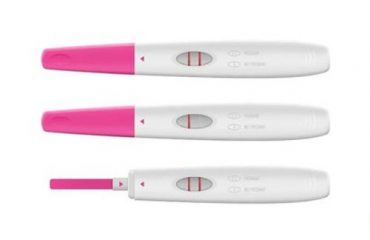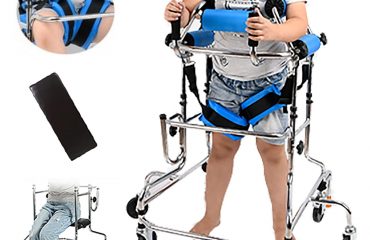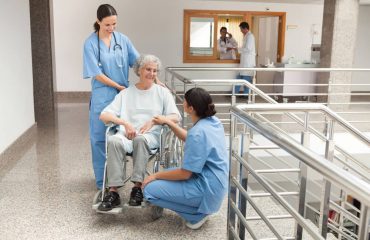All you need to know about Monitoring blood pressure at home
Your body is a complex mechanism. Your blood pressure levels show the doctors how much blood is passing through your blood vessels. It also measures the amount of resistance the blood meets while the heart is pumping. Your doctor will be able to tell you if there are complications based on these numbers.
High blood pressure, or hypertension, as the medical fraternity calls it, occurs when the force of blood pushing through your vessels remains high for a long time. There are two major numbers that create a blood pressure reading. Systolic pressure indicates the pressure in your arteries when your heart beats and pumps out blood. Diastolic pressure is the reading of the pressure in your arteries between beats of your heart.
Hypertension is generally a silent condition, however in extreme cases some symptoms like flushing, blood spots in the eyes (subconjunctival hemorrhage), and dizziness. A combination of factors typically plays a role in the development of essential hypertension: Genes, age, Race, Living with obesity, High alcohol consumption, Living a very sedentary lifestyle, Living with diabetes and/or metabolic syndrome, and high sodium intake can trigger hypertension.
It is mandatory to keep a check on hypertension if you have someone at home who falls into the above-mentioned categories. The best part is, you do not have to take a trip to your nearest clinic to monitor your blood pressure. You can do it from the comfort of your home.
Choosing a home blood pressure monitor
A lot of medical practitioners prefer an automatic, cuff-style, bicep (upper-arm) monitor.
Wrist and finger monitors are not recommended because they yield less reliable readings.
Choose a monitor that has been validated. Contact us at MediHouse to know if your monitor is validated.
Ensure you have the correct validation when selecting a blood pressure monitor for a senior, pregnant woman, or child.
Make sure the cuff fits and measure around your upper arm and choose a monitor that comes with the correct size cuff.
How to use a home blood pressure monitor
Stay still: The key is in being calm. Have at least 5 minutes of being still before you monitor your BP. Do not exercise within 30 minutes before measuring your blood pressure.
Sit correctly. Sit with your back straight and supported. Keep your feet flat on the floor and do not cross your legs. Your arm should be supported on a flat surface with the upper arm at heart level.
Measure at the same time every day. It’s important to take the readings at the same time each day, such as morning and evening. It is best to take the readings daily however ideally beginning 2 weeks after a change in treatment and during the week before your next appointment.
Take multiple readings and record the results.
Don’t take the measurement over clothes.
At MediHouse, we have sourced the best blood pressure monitors so that you can go about with your normal life without being stressed about a doctor’s visit. Contact us to know the best options.
Phone Number – 9400630000
Whatsapp – 9447771361
Email – MediTvm@gmail.com




